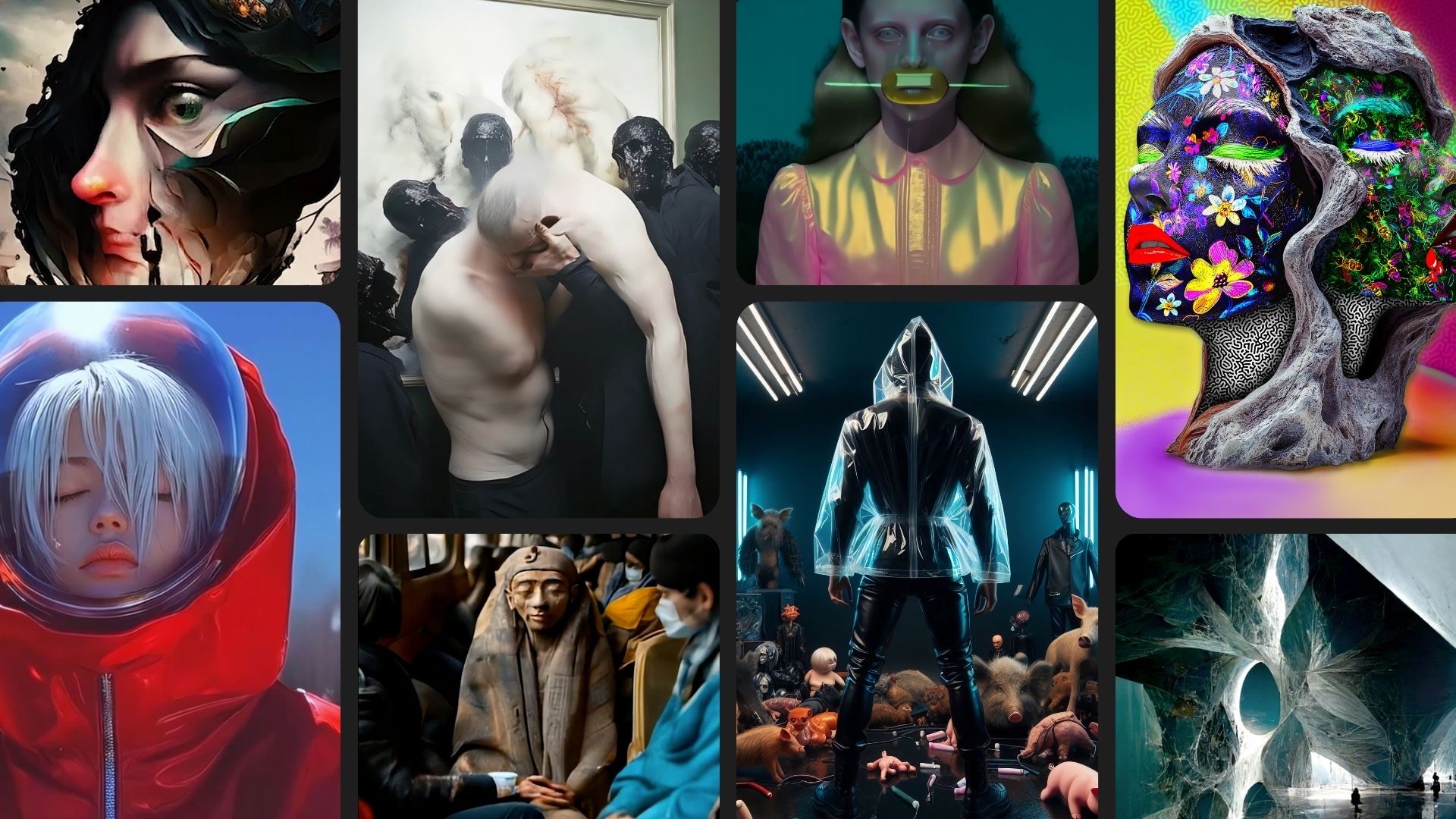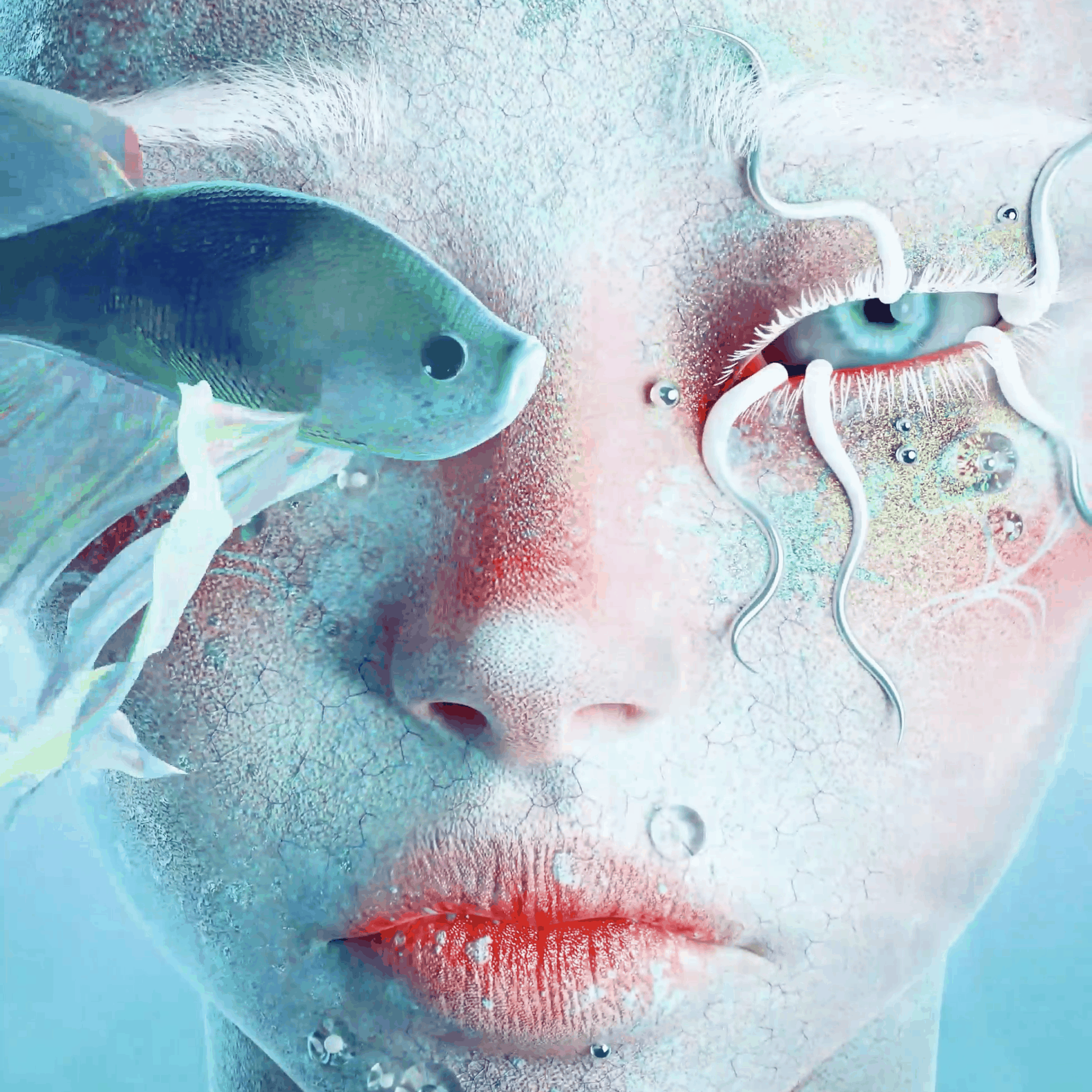In the upcoming April, WHITECONCEPTS Gallery is proud to present the solo exhibition of Israeli artist Ruthi Helbitz-Cohen titled: Passive Aggressive – From Daphne to Judith.
Through the use of various materials mostly on paper or canvas surface, the artist turns two-dimensional works into collages and transforms her “paintings” into objects site-specifically installed in the gallery space. Suspended from the ceiling, placed on the floor or hang on the wall, it seems that Ruthi’s paper works are communicating with each other.
The exhibition title derives from the controversial relationship between passive and aggressive emotions. If we describe passive–aggressive personalities psychologically we recognize a disorder that is characterized by a profound pattern of negativistic attitudes and passive resistance to suggestions and performance demands that come from other people. Individuals are particularly affected by passive resistance to social and professional requirements and by the often unjustified assumption that they are misunderstood, treated unfairly or overly burdened. One also can speak of a defiant behavior, as it often manifests in puberty.
In Ruthi’s work, the movement from passiveness toward aggressiveness is clearly emphasized as her expression lies in the movement from passive toward aggressive behavior; and through the reference to biblical figurines Ruthi transfers the different narratives into the contemporary.
The latest characters in Ruthie’s work often show witches that influence the transformation of trauma into magic, e.g. helping to transform personalities from the state of a victim into a powerful being. Taboos of various kinds keep appearing in her work, with all their transformative power and suggestions as to human nature. For this exhibition, she uses the narratives of two biblical figures and adds symbols such as the black Lilac flower, as opposite of virginity, in order to emphasize the transformation.
“From Daphne to Judith” underlines the artistic concept and deals with (un-)consciously lived relationship patterns or reactions to trauma. The biblical narrative of Judith portrays a classic murder of a tyrann. When in the medieval tradition Judith acts as a symbol of virtue and as a pious woman, the story was fundamentally changed during the Renaissance: Judith is turned into a vamp and in the early 19th century into a femme fatale. Ruthi plays with all of these associations. As the artist understands passivity in the sense of dying and aggressiveness in the sense of taking power, she also uses the portrayal of the mythological figure Daphne to visualize the other part of the opponent ideas. Daphne is a figure in Greek mythology associated with freshwater. The general narrative is that because of her beauty, Daphne attracted the attention and ardor of the god Apollo. Apollo pursued her and just before being overtaken she was transformed into a laurel tree. Alterig her female power she was worshipped by Apollo even as a tree.
The abolition of the rules that Ruthi Helbitz Cohen practices in her works throws the viewers back on themselves. They are pushed into an intermediate realm of quotations and contrasts in which a multitude of ambivalences stir. This collection of different origins from diverse epochs is held together by a potentially rooted, promising story.
The artist goes even a step further by negotiating the citation of a picture as an act of desire and an expression of the aspiration for possession. This refers to the irrational in the faith and creates in Ruthi’s graphic-painterly work ambivalent pictorial spaces, which enter into the surrounding space through their irritation and at the same time leave a trace of remembrance in the unconscious and unenlightened. The physically communicative presence of her expressive gestures and the enigmatic, irrational in the picture refers directly to the motif, but at the same time submits to a reality outside of it. The freedom to decide which potentials the iconographic representations transmit and which improbabilities can be found is left open to a very bright viewer.



